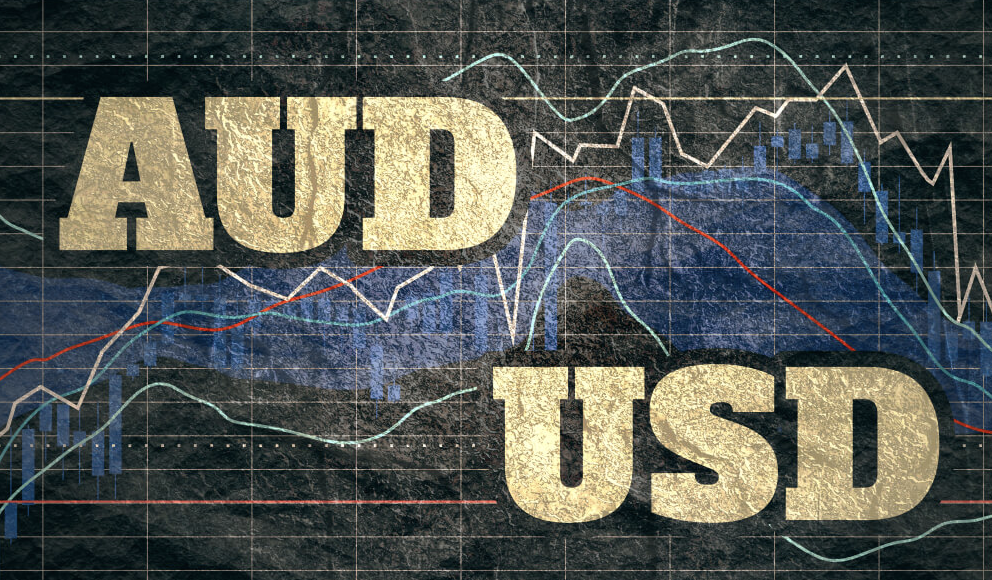AUD/USD Continues to Rise Following the Fifth Consecutive Day of Gains Following US Core PCE Data That Surpassed Expectations
The AUD/USD continues its ascent following the US core PCE exceeding expectations. The absence of a response could potentially be attributed to the US Dollar having already factored in inflationary GDP data from Thursday. Overnight, stronger Australian factory gate inflation data provided AUD/USD with a tailwind.

As it continues to rise following the publication of US core Personal Consumption Expenditures Price (PCE) Index data for March, the AUD/USD exchange rate remains in the 0.6540s. Notwithstanding the data indicating an inflation rate surpassing expectations, the US Dollar (USD) exhibits minimal response in the majority of pairs, including AUD/USD. Predicated on a bullish close on Friday, it appears that AUD/USD will record its fifth consecutive daily gain.
Core PCE in the United States increased 2.8% year-over-year in March, which was higher than the 2.6% anticipated and the same as the previous 2.8%. Headline PCE rose 2.7%, which was higher than the 2.6% anticipated and the previous 2.5%. The PCE results for the month were consistent with expectations.
The lack of response from the US Dollar may be attributed to its pre-emptive pricing of inflationary core PCE data on Thursday, which coincided with the release of inflationary GDP data for the first quarter.
Although the rate of US GDP growth weakened in the first quarter, the goods inflation component of the GDP Price Index increased significantly more than in the prior year. The US Dollar strengthened in the majority of pairs in response to the data, while AUD/USD retraced its earlier gains, plummeting to a low of 0.6486 following the release.
However, overnight Australian factory price inflation data that increased 4.3% year-over-year in the first quarter from 4.1% in the previous quarter provided renewed momentum for the pair. The Producer Price Index (PPI) data provided additional support for the notion that price pressures are present in the Australian economy, following the unexpectedly high Q1 CPI data on Thursday, which stimulated the AUD/USD pair.
The Reserve Bank of Australia (RBA) is currently considered the last G10 bank likely to reduce interest rates due to persistent inflation; some analysts have postponed calls for an RBA rate reduction until February 2025. The AUD is bolstered by the anticipation that the decline in Australian interest rates will be more gradual than in other nations, given that higher interest rates tend to entice larger inflows of capital.
Bonus rebate to help investors grow in the trading world!

 English
English















